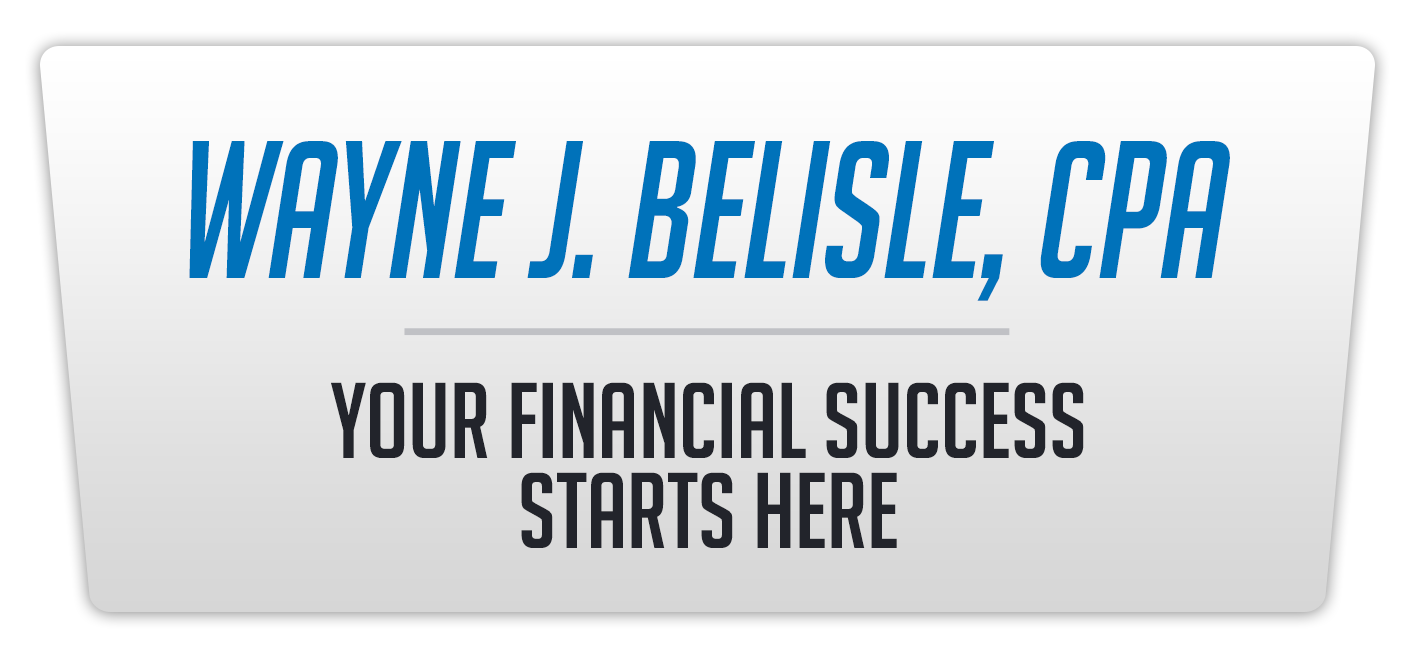Setting your prices when you sell a product that can easily be compared by the customer is usually easy. You do what everybody else does and get your profit by being much more efficient than the competition.
But setting your price is harder if you are in an industry where you sell a service (accounting, law, medicine, architecture, engineering). The sad reality is that most service business owners could give themselves an immediate raise of 10-20% if they just knew how to raise their prices with confidence.
Here are some rules I’ve learned over the years:
- Forget what everyone else charges. This is the hardest rule of all. Set your price based on the value you bring to the client or customer.
- Change who you sell to. Niching to specific customers who appreciate value and are willing to pay for it is much more effective than trying to be the one-stop shop that can help all possible customers.
- Change what you sell. Never, ever allow your services to become commodities. Create packages of services that combine your work in a way that solves a problem for your client in a way your competition can’t or won’t. This allows you to escape price comparison forever. I do this by having a tax planning system and profit building resources for my clients that my competitors don’t.
- Change how you sell it. See what your competitors are doing and be different. We offer monthly billing for the preparation of an annual tax return. We bundle services for a monthly all-in-one fee. We value bill our tax planning rather than billing based on hourly wages. I can often save my client tens of thousands with one idea that took me years to learn but takes less than an hour to explain and implement. An hourly fee is not equal to the value I’ve provided.
- Don’t give it away. I have been very guilty of this. Over the years I have shown hundreds of business owners how to save thousands of taxes each year for free. STOP doing that. You worked hard to get the knowledge you have. Charge what it is worth.
- Emphasize your value to the client before the sale, during the sale, and again after the sale. Do not assume that they know how much you are saving them. I learned this the hard way when one of my first clients left me because they didn’t know how much I had saved them over the years. Of course I was mad at them at first. But then I realized it was my fault for assuming they knew. I never allow that to happen now.
- Get over your fear of losing customers. Go watch the video attached to this issue’s article “Discounting is Often the Wrong Choice”. In it I review a table that shows that if you increase prices by 10% and have a 40% profit margin, you could lose 20% of your customers and make the same profit. In truth, you will lose some because of a price increase. But you are better off letting them go and then going out and getting clients who appreciate the value you provide and are willing to
